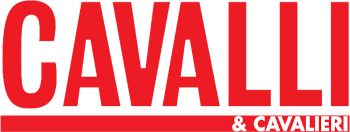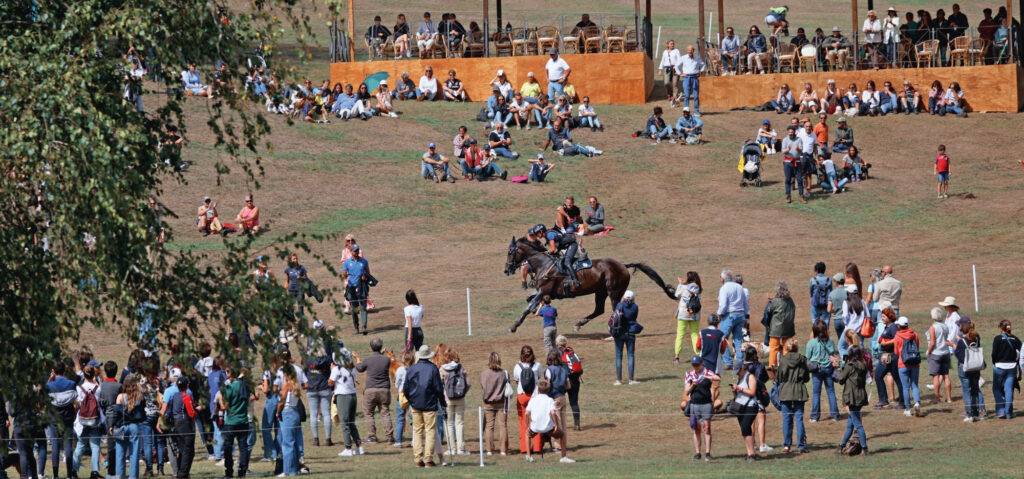Mauro Checcoli
Olympic Eventing Gold individual and team medalist Tokyo 1964
Five years have passed since I started doing FISE Instructor Training Courses at Pratoni del Vivaro (taking into consideration the COVID gap).
I have taught over a hundred riders. For the most part, at different competitive levels, coming from almost all Italian regions, with the exception of a few, such as Liguria, Basilicata, Marche, Umbria and, I believe, Campania
Out of all of them only a few could ride with a conscious and acceptable attitude. I would say that no more than ten of these instructors had a solid foundation to their training. It was very clear to me which ones had a good instructor who started them off as riders and horsemen in the correct way.
Horse riding is a sporting activity that is passed on through continuous interaction between teacher and student, as also happens for all sports and artistic disciplines where ‘the art’ can only be learned by observing the master performing it and proving that that is the correct way. Books, even very clever and well-written ones, are not enough. Practical examples and detailed explanations that a good Master can give are also necessary.
The secrets of the art of horse riding
Personally, I remember in great detail the explanation that my master Fabio Mangilli, sixty years ago, gave me on ‘why’ we must sit on a horse in a certain way, and on how we must use our body, hands, legs and weight to be clear about the goals we want to achieve together, as a team, with our horse. On how we can and must effectively communicate with him, and on why with respect, kindness and patience we get the best and most lasting results.
Almost none of my students, however expert competitors and passionate horse lovers, had never had basic information on all this, when it is obvious to everyone that any activity, work and common life essentially depends on the ability to communicate and understand each other
Another fact that struck me was that most of them did not actually seem to enjoy riding, but they gave the impression of having a mental and physical block caused by the memories acquired in their previous experiences.
For example, I had to insist and almost force them to leave the 40 x 70 or, at most, 50 x 100mt arena and do a warm-up trot through the wonderful grounds of over 140 hectares of the Equestrian Federal Centre.
Or, when asked to canter towards me from the bottom of an open field in a group, letting the horses free, they didn’t feel comfortable doing it, justifying their refusal with bad experiences or the fear of hurting their horse or the worry of losing control.
Generally, a few days later they were happily cantering in an open field with relaxed horses, thoroughly enjoying themselves.
Obviously, those who had a good instructor did not have these issues, confirming that all difficulties always originate from the lack of quality of the instructor training programs.
It is certainly not their fault, but of the methods and training programs they have attended in their regions.
All those involved in the discipline of Show Jumping, performed by 90% (or more) of the registered competition riders in Italy, know that they are immersed in a very lively environment from an organizational, commercial and economic point of view, but very poor in technical quality and, it must be said, in equestrian culture.
Culture and knowledge
Why do I talk about culture? I feel that this is the correct word to use when dealing with a living being like the horse, endowed with extreme sensitivity, great physical strength and extremely quick reflexes.
If you add to these qualities also a formidable memory, it is easy to understand how adequate wisdom and culture are necessary to be able to manage these extraordinary being.
It cannot be a certain number of teaching sessions distributed over time (even if managed by excellent teachers) that can allow future instructors to have the tools to teach their students how to live in harmony with their horse and how to find enjoyment whilst doing it. We need to find a new and reasonable strategy.
You can’t expect young people to leave their families and homes for years – as happened to me and the best instructors working in Italy today, trained at Pratoni del Vivaro, preparing for the Olympics-. We need to invest in something similar but more achievable, perhaps by starting a collaboration between FISE, the army, CONI, as well as large public and private bodies, breeders, their associations, and above all the Ministry of Agriculture
We are not talking about large numbers, but a few dozen of young people per year with passion, a strong temperament and good physical potential to be included in a good teaching organization. It is not impossible to succeed, and we must succeed, otherwise our horse riding will continue to lose quality, and it will accumulate failures and great disappointments.
This, in my opinion, should be the main task of FISE in the coming years, having the structures, skills and means to be successful.
Photo Credits Stefano Secchi

